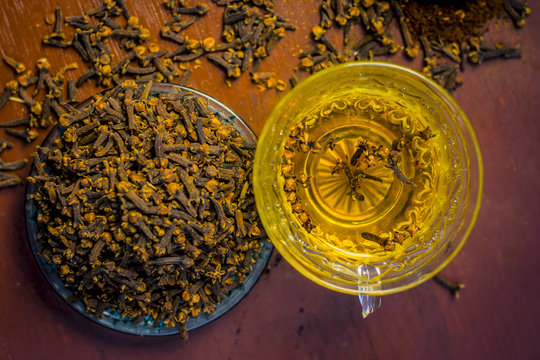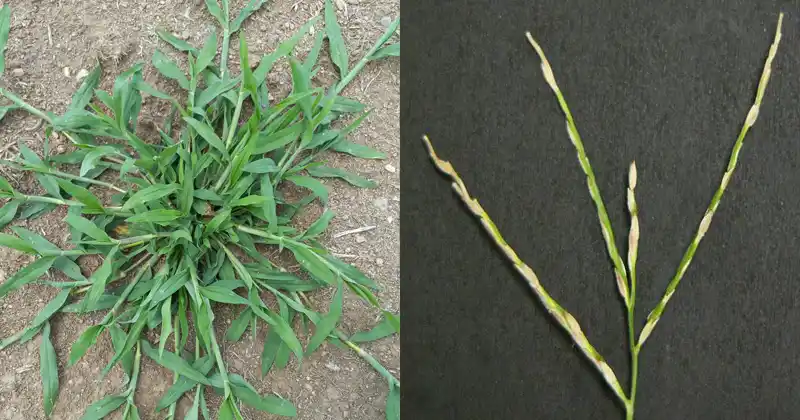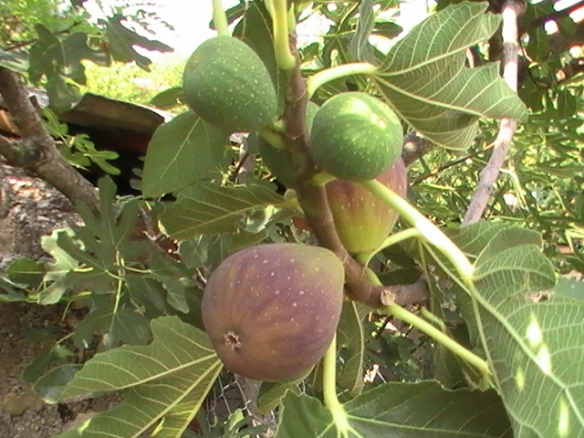Nail fungus, though a common issue, can be both uncomfortable and a bit embarrassing. But, before you hide your toes and fingers away or spend a fortune on treatments, there’s a simple, household ingredient you might not have considered for this ailment: baking soda. Yes, that little box that keeps your refrigerator smelling fresh or your cakes rising perfectly can also be a game-changer for nail fungus. Let’s explore how you can harness the power of baking soda to tackle this pesky problem, starting tonight.
Why Baking Soda?
Baking soda, or sodium bicarbonate, is more than just a baking ingredient; it’s a versatile compound known for its cleaning and deodorizing abilities. But its talents don’t end there. Baking soda also creates an environment that’s inhospitable to the fungi responsible for nail infections, thanks to its alkaline nature. It can help neutralize the acidic environment that fungi thrive in, slowing down their growth and spread.
How to Use Baking Soda Against Nail Fungus
Ingredients:
-
Baking soda
-
Water
Method:
-
Make a Paste: Start by mixing baking soda with just enough water to form a thick paste. The consistency should be easy to apply but not too runny.
-
Apply Directly: With a clean applicator or your fingertips, apply the paste directly onto the affected nail. Be sure to cover the entire nail surface, focusing on the area around and under the nail, where fungus tends to hide.
-
Let It Sit: Allow the paste to sit on the nail for about 10-15 minutes. This duration gives the baking soda ample time to work its magic against the fungal invaders.
-
Rinse Off: After the time is up, rinse your nail thoroughly with warm water. Pat the area dry with a clean towel, ensuring no moisture is trapped, as fungi love moist environments.
-
Repeat Regularly: For best results, repeat this treatment once daily. Consistency is key when it comes to natural remedies.
A Few Additional Tips
-
Keep your nails trimmed and clean to reduce areas where fungus can thrive.
-
Ensure your feet and hands are thoroughly dried after bathing or washing.
-
Consider sprinkling baking soda in your shoes to absorb moisture and reduce fungal growth.
Closing Thoughts
Tackling nail fungus with baking soda is a straightforward, cost-effective strategy that can yield significant improvements. While patience and consistency are crucial, the simplicity and accessibility of this remedy make it a worthy addition to your care routine. Remember, severe or persistent cases should be evaluated by a healthcare professional. Here’s to clearer, healthier nails with the help of a pantry staple!





